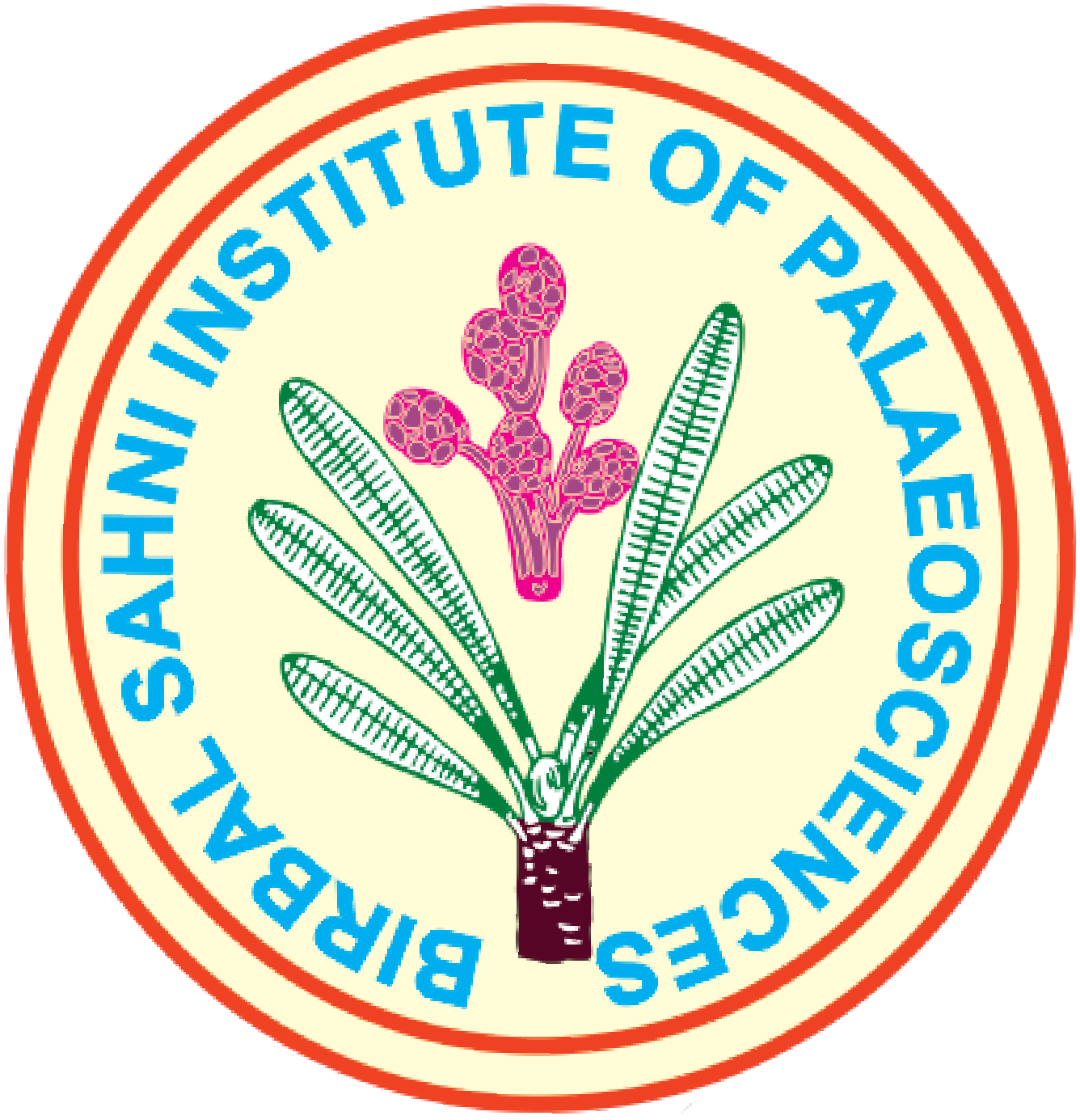Angiosperm leaf-impressions from the Kasauli beds, N.W. Himalayas
DOI:
https://doi.org/10.54991/jop.1953.436Abstract
Some dicotyledonous and monocotyledonous leaf impressions recently collected by the author from the Kasauli beds are described and figured. So far the only plant remains known from these beds were some leaf fragments referred to a palm Sabal major Heer, discovered by H. B. Medlicott (1864), briefly described by Dr. Kane in Medlicott and later figured by Feistmantel (1882). Since Medlicott's discovery of over 85 years ago no plant fossils have been recorded from these beds, which are probably much richer in fossils than has been generally believed.
Downloads
Metrics
References
Ettingshausen, C . Von (1853). Die tertiare Flora von Haring in Tirol. Abh. d. k. k. Geol. Reichsanstalt. 2: 33.
Evans, P. (1938). The significance of boundary faults in the sub-Himalayas. Discussion. Proc. 25th Ind. Sci. Cong. Calcutta. 4: 18, 19.
Feistmantel, O. (1882). Note on remains of palm leaves from the (Tertiary) Murree and Kasauli beds in India. Rec. Geol. Surv. India. 15(1): 51-53.
Heer, O. (1855). Flora Tertiaria Helvetiae. 1. Winterthur.
Krishnan, M. S. (1943). Geology of India and Burma. Madras.
Medlicott, H. B. (1864). Sub-Himalayan ranges between Ganges and Ravi. Mem. Geol. Surv. India. 3(2).
Oldham, R. D. (1893). A manual of the geology of India. By H. B. Medlicott and W. T. Blanford: Second edition, revised by R. D. Oldham. Calcutta.
Wadia, D. N. (1938). The significance of boundary faults in the sub-Himalayas. Discussion. Proc. 25th Ind. Sci. Cong. Calcutta. 4: 19, 20.
Idem (1939). Geology of India. Second edition. London.
Downloads
Published
How to Cite
Issue
Section
License

This work is licensed under a Creative Commons Attribution-NonCommercial 4.0 International License.









